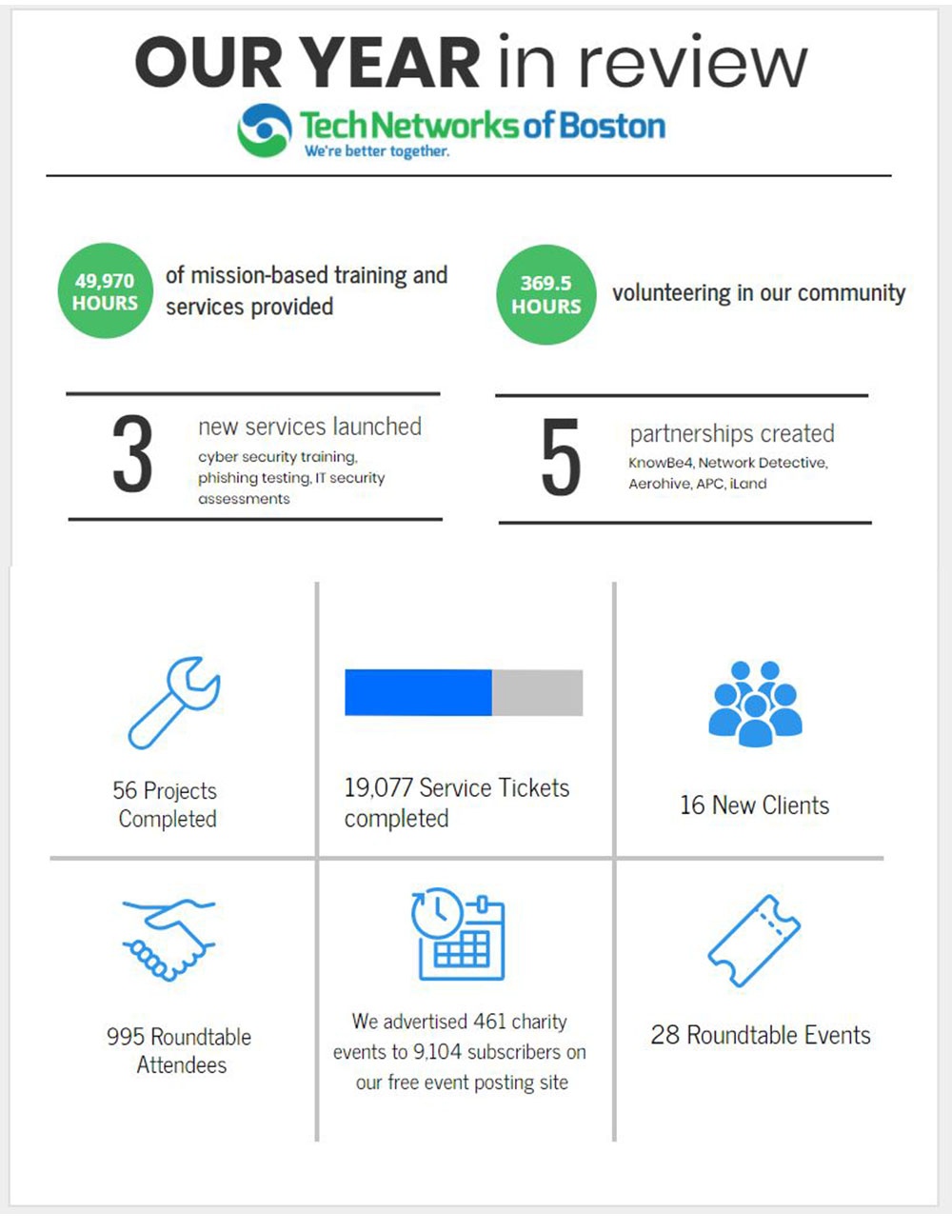We know that many nonprofit organizations have already moved to the cloud, or are planning to. The options are public, private, and hybrid cloud models - but what do these mean? When evaluating your options and abilities to streamline business processes, there are many terms that can come into play. We've compiled a list of the most commonly searched cloud computing terms for you to have all in one place.
Amazon Web Services (AWS) - The organizational unit of Amazon that provides a variety of cloud services. AWS operates from 11 physical locations across North and South America, Europe, Asia, and Australia.
Content Delivery Network (CDN) – A network of distributed services that deliver content to a user based on the user’s geographic proximity to servers. CDNs allow speedy content delivery for websites with high traffic volume or large geographic reach.
Cloud - Accessing computer, information technology (IT), and software applications through a network connection, often by accessing data centers using wide area networking (WAN) or Internet connectivity.
Cloud provider - A company that provides cloud-based platform, infrastructure, application, or storage services to other organizations and/or individuals, usually for a fee.
Cloudsourcing - Replacing traditional IT operations with lower-cost, outsourced cloud services.
Cloud backup - Refers to backing up data to a remote, cloud-based server. As a form of cloud storage, cloud backup data is stored in and accessible from multiple distributed and connected resources that comprise a cloud.
Cloud Backup Solutions - Cloud backup solutions enable enterprises or individuals to store their data and computer files on the Internet using a storage service provider, rather than storing the data locally on a physical disk, such as a hard drive or tape backup.
Cloud Computing - A type of computing, comparable to grid computing that relies on sharing computing resources rather than having local servers or personal devices to handle applications. The goal of cloud computing is to apply traditional supercomputing, or high-performance computing power, normally used by military and research facilities, to perform tens of trillions of computations per second, in consumer-oriented applications such as financial portfolios or even to deliver personalized information, or power immersive computer games.
Consumer cloud - Cloud computing offerings targeted toward individuals for personal use, such as Dropbox or iCloud.
Cloud disaster recovery (cloud DR) - A backup and restore strategy that involves storing and maintaining copies of electronic records in a cloud computing environment as a security measure.
Cloud Migration - The process of transitioning all or part of a company's data, applications and services from on-site premises behind the firewall to the cloud, where the information can be provided over the Internet on an on-demand basis.
Desktop as a Service (DaaS)- is a desktop virtualization service that is hosted on the cloud, so users can access their virtual desktops and applications wherever they go, using whichever device they need.
Disruptive technology - A business term that describes innovations that improve products or services in unexpected ways. These innovations change the methods used to accomplish a task, and re-shape the market for that task. Cloud computing is considered a disruptive technology because of its elasticity, flexible pricing models, and maintenance cost compared to traditional IT service provisioning.
Hosted application - An internet-based or web-based application software program that runs on a remote server and can be accessed via an internet-connected PC or thin client. See also SaaS.
Hybrid Cloud – A cloud computing environment that is comprised of a mix of private cloud, public cloud, and on-premises solutions. In a hybrid cloud, private and public cloud infrastructures remain distinct from one another but are bound together by technology that allows data and services portability between them.
Infrastructure as a Service (IaaS) - Cloud infrastructure services in which a virtualized environment is delivered as a service by the cloud provider. This infrastructure can include servers, network equipment, and software, including a complete desktop environment such as Windows or Linux.
Microsoft Azure - Microsoft's cloud platform that provides a myriad of Platform as a Service (PaaS) and IaaS offerings, including Microsoft-specific and third-party standards, for developers to deploy cloud applications and services.
Microsoft Office 365 - Microsoft's software plus services model that offers Microsoft Office on a subscription-based pricing model, with cloud storage abilities. For business and enterprise use, Office 365 includes email and SNS, with cloud-hosted instances of Exchange Server and Skype for Business, among others.
Online Backup - In storage technology, online backup means to back up data from your hard drive to a remote server or computer using a network connection. Online backup technology leverages the Internet and cloud computing to create an attractive off-site storage solution with little hardware requirements for any business of any size. This is vital security measure if you are a victim of a cyber attack.
Open Source – A development model in which a product’s source code is made openly available to the public. Open source products promote collaborative community development and rapid prototyping. OpenStack and CloudFoundry are examples of an open source cloud computing platform.
Platform as a Service (PaaS) – A model of cloud computing in which a vendor provides the hardware and software tools necessary to create, deploy and manage applications at scale to the user via the internet, as a service.
Private Cloud – A cloud infrastructure that is provisioned for use by a single organization comprised of multiple users. A private cloud cab managed and operated by the organization, a third party, or some combination of them, and it can exist on or off premises.
Public Cloud - computing services offered by third-party providers over the public Internet, making them available to anyone who wants to use or purchase them. They may be free or sold on-demand, allowing customers to pay only per usage for the CPU cycles, storage, or bandwidth they consume.
Software as a Service (SaaS) – A model of cloud computing in which applications (software) are hosted by a vendor and provided to the user as a service. SaaS applications are licensed on a subscription basis and are made available to users over a network, typically the internet.
Because SaaS applications can be accessed at any time, at anyplace, and on any platform, they have become a popular model for delivery of many business applications. A well-known example of SaaS is Microsoft’s Office 365, which provides Microsoft’s famous suite of productivity software— including MS Word and Excel— as a service.
Service level agreement (SLA) - A contractual agreement by which a service provider defines the level of service, responsibilities, priorities, and guarantees regarding availability, performance, and other aspects of the service.
If your organization needs help with moving to the cloud, or evaluating your cloud computing processes, please don't hesitate to contact us.








Leave a Reply